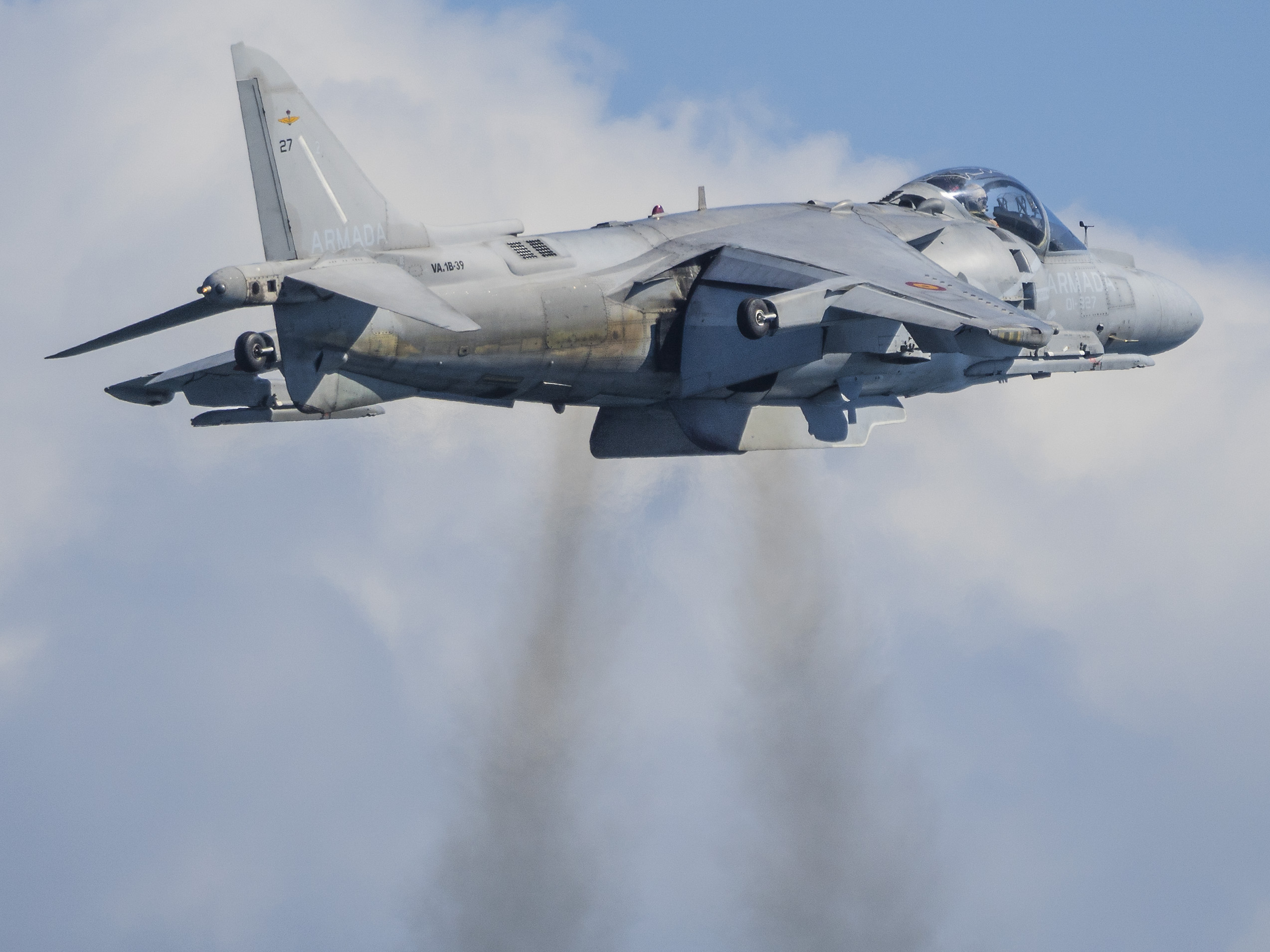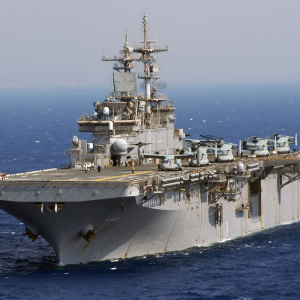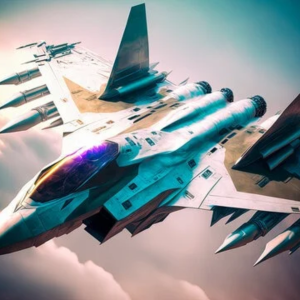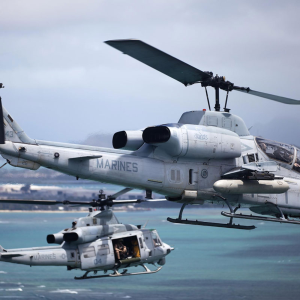The Harrier Jump Jet, an engineering marvel, revolutionized aviation with its capability for Vertical Take-Off and Landing (VTOL). This groundbreaking aircraft opened up new possibilities in military aviation and set the stage for future innovations. In this article, we will delve into the history of the Harrier Jump Jet and explore fascinating facts about VTOL technology.
The concept of Vertical Take-Off and Landing has long captivated the imagination of aviators. Early experiments, including the pioneering efforts of Igor Sikorsky and the development of the Convair XFY Pogo, laid the foundation for VTOL technology.
The development of the Harrier Jump Jet by Hawker Siddeley Aviation represented a significant leap forward in VTOL capability. The aircraft’s innovative design, featuring swiveling nozzles and vectored thrust, enabled it to perform vertical take-offs and landings with precision.
At the heart of the Harrier’s VTOL capability lies its vectored thrust system. By redirecting engine exhaust through adjustable nozzles, the Harrier can generate the necessary lift for vertical flight. This groundbreaking technology marked a milestone in aviation history.
The Harrier’s unique four-nozzle design allowed for precise control of thrust during vertical flight. By adjusting the nozzles’ angles, pilots could maintain stability and maneuverability, even in confined spaces.
The Harrier’s VTOL capability provided military forces with a strategic edge. It could operate from short runways, unprepared fields, and even amphibious assault ships, giving it a versatility unmatched by conventional fixed-wing aircraft.
The Harrier saw combat in several conflicts, including the Falklands War, where it played a crucial role in air support for ground forces. Its ability to rapidly deploy and operate from makeshift airstrips proved invaluable in challenging combat environments.
The Harrier II, developed jointly by McDonnell Douglas and British Aerospace, represented a significant evolution of the original Harrier design. It featured enhanced avionics, improved weapons systems, and increased payload capacity.
The AV-8B Harrier II Plus further refined the aircraft’s capabilities, incorporating advanced radar systems and an expanded range of munitions. It became a mainstay in the U.S. Marine Corps and other allied air forces.
The success of the Harrier Jump Jet influenced the development of subsequent VTOL and Short Take-Off and Vertical Landing (STOVL) aircraft, including the F-35B Lightning II. These aircraft continue to shape modern military aviation.
The Harrier Jump Jet remains an iconic symbol of aerospace innovation and a testament to the ingenuity of engineers and aviators. Its contributions to VTOL technology have left an indelible mark on the history of aviation.
The Harrier Jump Jet’s pioneering VTOL capability transformed the landscape of military aviation. Its innovative design and operational success paved the way for a new era of aircraft development. The legacy of the Harrier continues to soar, reminding us of the boundless possibilities that arise when human ingenuity takes flight.
![Let me direct your attention to the Harrier Jump Jet, a true, sexy VTOL Aircraft [564x376] : r/MilitaryPorn](https://i.redd.it/qmqglmyy1yd21.jpg)







